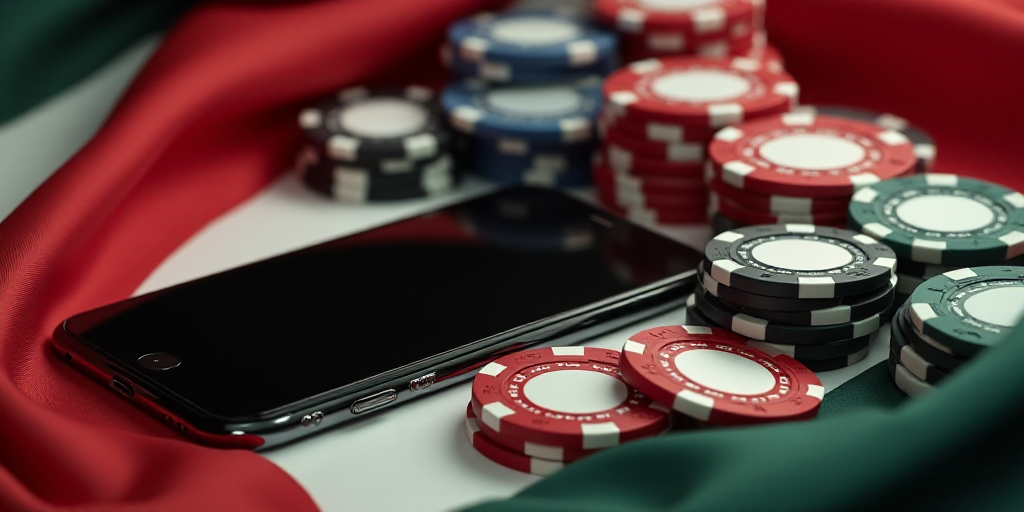Introduction
In today’s digital age, university students face a cocktail of risks: compulsive shopping, online gambling, eating disorders, and social media obsession. How much do these factors affect their emotional stability?
Compulsive Shopping
According to psychologist Guillermo Pérez, interviewed by El Economista, “Fashion has become a trap for many young people who, under pressure to display an impeccable image, resort to excessive spending.”
- Easy access to debit and credit cards: These tools fuel a cycle of consumption that not only impacts their wallet but also their self-esteem.
- Increased risk of debt: The fleeting satisfaction from these purchases is temporary and superficial.
Eating Disorders
Gabriela Cámara, president of Voz Pro-Salud Mental Ciudad de México (VPSM CDMX), explains, “Fragile self-esteem can lead someone to drastically alter their appearance in an attempt to feel valuable. This can result in risky eating behaviors, such as prolonged fasting, self-induced vomiting, or restrictive food intake, which are primary triggers for eating disorders (ED).”
- Prevalence of Eating Disorders (ED): According to VPSM CDMX, 25% of Mexican adolescents have some form of ED, but only 10% seek professional help.
- Post-pandemic increase: The WHO reported a global rise of 3% to 10% in ED prevalence, affecting millions of young people.
Online Gambling
Pérez emphasizes, “Access to digital betting platforms has become a dangerous niche among university students. Debit and credit cards, often provided by parents, become tools for unrestricted gambling.”
- Lack of regulation and financial control: This can lead to severe economic losses, family conflicts, and even addiction.
Social Media Obsession
VPSM CDMX warns that digital platforms reinforce unattainable beauty standards, creating a toxic cycle of comparison and low self-esteem. “Personal image becomes a cornerstone of identity that, if not aligned with imposed standards, directly impacts the emotional health of young people,” says Cámara.
- University environment: It should be a space for growth, but for many students, it has turned into a minefield of emotional risks.
- Compulsive shopping, online gambling, eating disorders, and social media obsession: These represent a latent threat that must be addressed through an integrated approach, promoting healthy habits and ensuring access to professional support.
Key Questions and Answers
- Question: What are the risks university students face today?
- Answer: They encounter compulsive shopping, online gambling, eating disorders, and social media obsession.
- Question: How does compulsive shopping affect students?
- Answer: It impacts their wallet and self-esteem, increasing the risk of debt due to fleeting satisfaction from purchases.
- Question: What percentage of Mexican adolescents have eating disorders?
- Answer: 25% of Mexican adolescents have some form of eating disorder, though only 10% seek professional help.
- Question: How has the prevalence of eating disorders changed post-pandemic?
- Answer: The WHO reported a global rise of 3% to 10% in ED prevalence.
- Question: What dangers do online gambling platforms pose to university students?
- Answer: Lack of regulation and financial control can lead to severe economic losses, family conflicts, and addiction.
- Question: How do social media platforms impact students’ emotional health?
- Answer: They reinforce unattainable beauty standards, creating a toxic cycle of comparison and low self-esteem.






